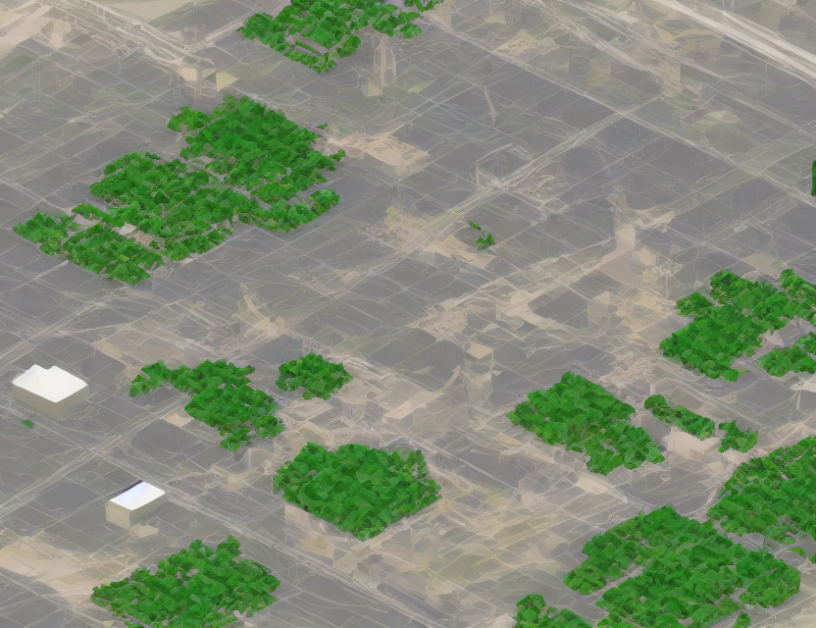Large Language Models (LLMs) like GPT-3 are powerful tools for natural language processing tasks like text generation and understanding. However, they have a big problem – they take up a lot of computational power and memory! This makes it hard to use them in places with limited resources. To solve this issue, researchers have been working on a technique called post-training quantization.
Post-training quantization means compressing the LLM after it’s been trained, without changing its accuracy. This is like shrinking a big house without making it any smaller inside! The idea is to remove some of the unnecessary parts of the model while keeping the important ones that make it work well.
This technique helps reduce the computational and memory demands of LLMs, making them more suitable for use in places with limited resources. However, there’s a catch – we need to be careful not to sacrifice too much accuracy when compressing the model. It’s like trying to shrink a house without losing its magic!
Researchers have found different ways to quantize LLMs, and some have even developed special techniques to make them more efficient. For example, NVIDIA has created CUDA-based libraries for fast and efficient LLM inference (Cublas) [48], while TensorRT-LLM [49] offers a toolkit for developing and optimizing quantized LLMs.
Other researchers have explored the use of 4-bit precision for efficient inference scaling laws (14) or developed nuqmm, a quantized matrix multiplication method that can speed up large-scale generative language models (50).
In summary, post-training quantization is an essential technique for making Large Language Models more practical and efficient. It helps reduce their computational and memory demands without sacrificing too much accuracy. Researchers are continuously working on developing new and improved techniques to make LLMs even more effective in various applications.
Computation and Language, Computer Science
Adaptive Rounding for Post-Training Quantization in Large Language Models



